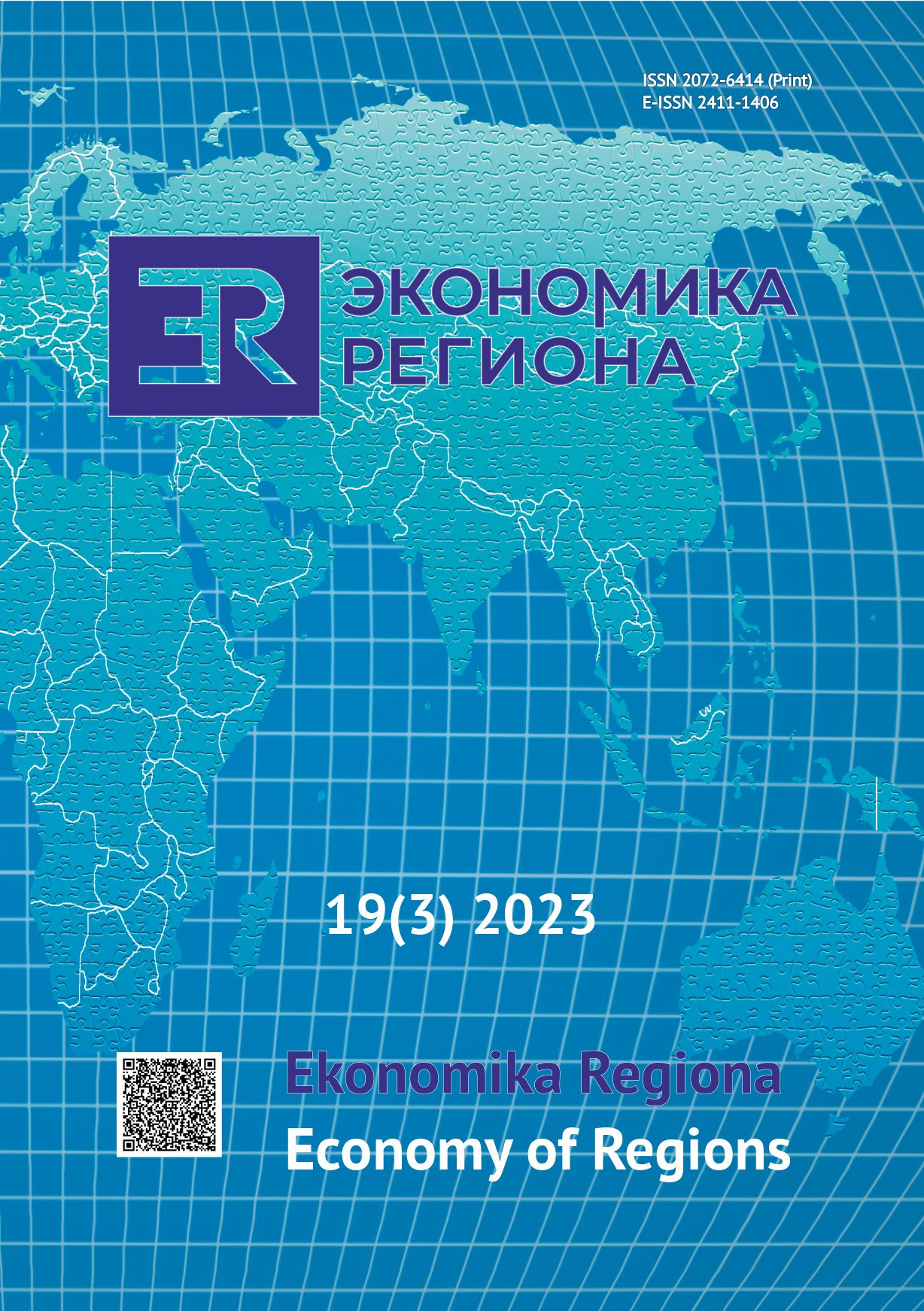Inclusive Growth and Structural Transformation: The Role of Innovation and Digitalisation Spillover
Inclusive Growth and Structural Transformation: The Role of Innovation and Digitalisation Spillover
Author(s): Suleiman O. Mamman, Kazi SohagSubject(s): Supranational / Global Economy, Economic development, Socio-Economic Research
Published by: Институт экономики Уральского отделения Российской академии наук
Keywords: inclusive growth; poverty; income inequality; structural change; digitalisation; technological progress; welfare; African region; panel data; industrialisation; economic development;
Summary/Abstract: Structural transformation is a compelling measure of economic progress as it shifts from less productive to more productive sectors, spurred by technological improvement and digitalisation. Despite the benefits of structural transformation in fostering economic growth, it has been contended that it will exacerbate income inequality. Given the critical role of digitalisation over the years in Africa, the current study investigates the pattern and impact of structural transformation on inclusive growth. To accomplish this, we utilised both absolute (poverty) and relative (income inequality) measures of pro-poor growth for all African countries. Using quantiles via moments panel model, we showed that the structural transformation from agriculture to services reduced the incidence of poverty (extreme poverty) while increasing inequality (Gini coefficient). On the other hand, manufacturing had no significant effect on poverty or inequality, indicating the region’s slow pace of industrialisation. Using income share measures, we found evidence of inequality across and within sectors, particularly in the services sector. Finally, we observed that digitalisation and technological processes significantly reduced the incidence of extreme poverty and inequality. Hence, the study recommends that Africa capitalise on its comparative advantage in the agricultural sector by establishing investment and manufacturing zones to develop the industrial sector. Furthermore, gains in the manufacturing sector could be realised through a concerted effort to improve the industrialisation process.
Journal: Экономика региона
- Issue Year: 19/2023
- Issue No: 3
- Page Range: 598-611
- Page Count: 14
- Language: English

